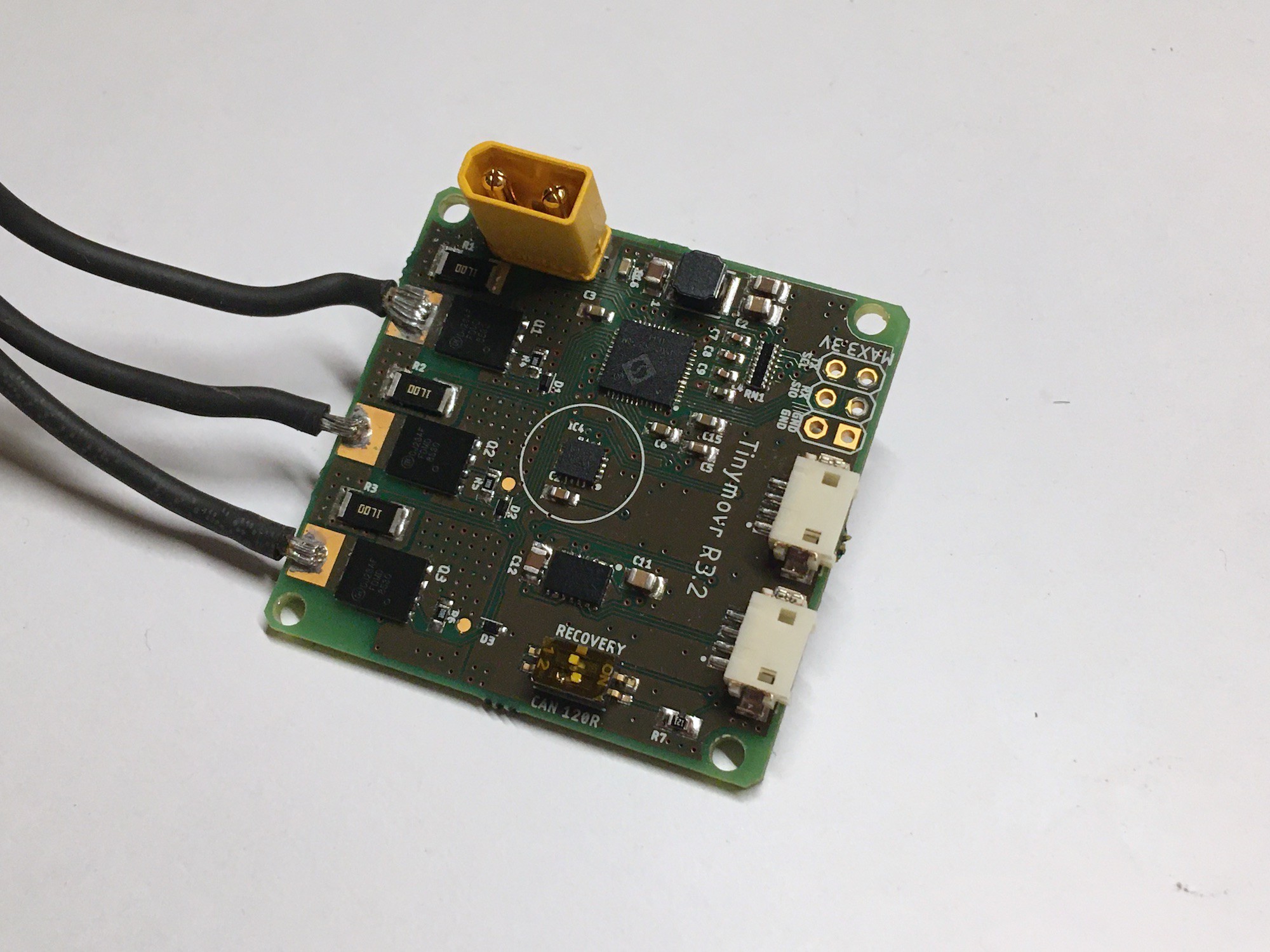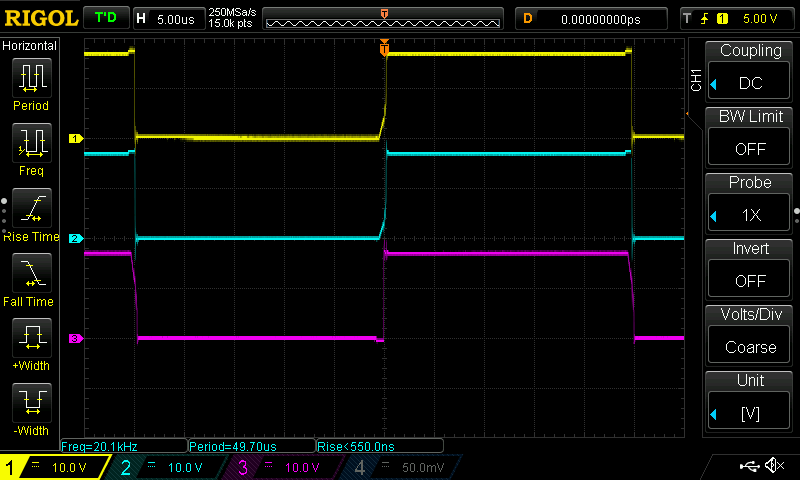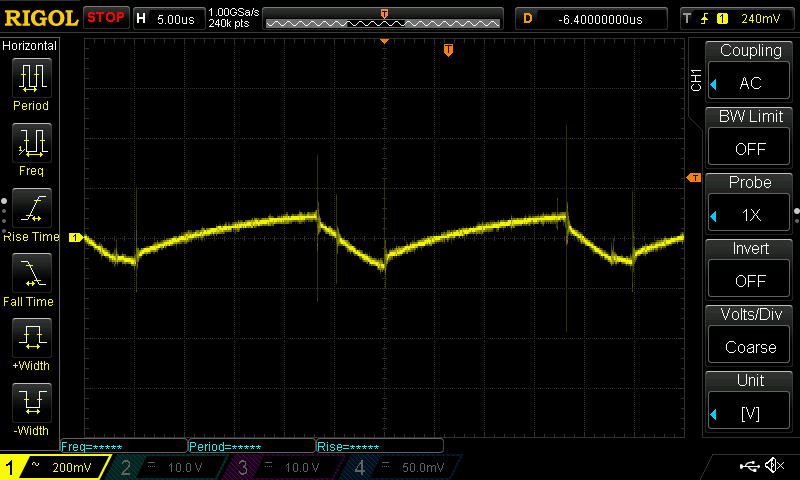There are a lot of important news to share :). Here they are in no particular order:
1. I’m currently making an attempt at moving PCB assembly of the first Tinymovr batches in house. For those new to the project, assembly of previous batches was outsourced to Chinese manufacturers. While this is a safe and painless option, it is becoming increasingly challenging to realize the vision of Tinymovr as a low-cost but fully-featured servo motor controller, due to import taxes and customs fees. At the same time, PCB assembly prices in EU are sky high. Therefore, I decided to move assembly of the first prototype batches in house. Got the first PCBs from Aisler a few days ago and built two prototype boards. The boards have been tested with phase currents up to 20A and angular velocities up to 300000CPR/s (around 2100 rpm). I’ll be building a few more in the next days, at the same time trying to optimize assembly. I am so far confident that this is a viable option. I’ll reconsider outsourcing production if and when production scales to justifiable numbers.
Here below the first home-grown Tinymovr :) :

2. The CAN Bus transceiver swap outlined in previous posts has been a success. It has vastly improved connection reliability, and reduced MCU power draw (since it is powered directly from VBus) and thermal performance.
3. There are questions regarding open sourcing of PCB schematics/drawings and firmware, so I think it’s time to clear things up for everyone:
- Tinymovr drawings and schematics will NOT be open sourced or available for purchase. Maybe in the future. Not right now.
- The firmware WILL BE open source, licensed under the GPL v3. There are still things to sort out in the firmware before releasing but I expect that by the end of July the it will be available in Github.
4. There are also questions regarding availability of Tinymovr. If the in-house assembly experiment goes as planned, my goal is to have a limited alpha run beginning in the next 2-3 weeks. I’ll probably include options to order just the Tinymovr boards as well as dev kits that will include motor, CAN Bus adapter and programmer (most probably a J-Link EDU Mini). The alpha boards and kits will be distributed at a price near the cost of the board, components and materials. This means that the price of alpha boards/kits will be lower than the price of production Tinymovr, when released. The boards and kits will be thoroughly tested before being sent out.
5. I’ve been doing some performance validation mainly looking at switching transients and ripple current. Below I attach the relevant scope shots.
Below is seen around 3V overshoot on the rising edge and 5V on the falling.

In the grab below there is a 200mV ripple at 18A phase current, using 3x 68uF 30mOhm ESR polymer capacitors.

6. I've complete the quadruped robot based on Tinymovr R3.1 boards. I'm glad to report that, using the 3D printed actuators the motor phase current is less than 2A at stance. Here a short video below:
I’m really excited to be reaching an important milestone in this journey, roughly a year and a half after my first design attempts at Tinymovr. I hope this project will be able to foster a strong community and ultimately make creating awesome robots easy and affordable!
 Yannis Chatzikonstantinou
Yannis Chatzikonstantinou
Discussions
Become a Hackaday.io Member
Create an account to leave a comment. Already have an account? Log In.